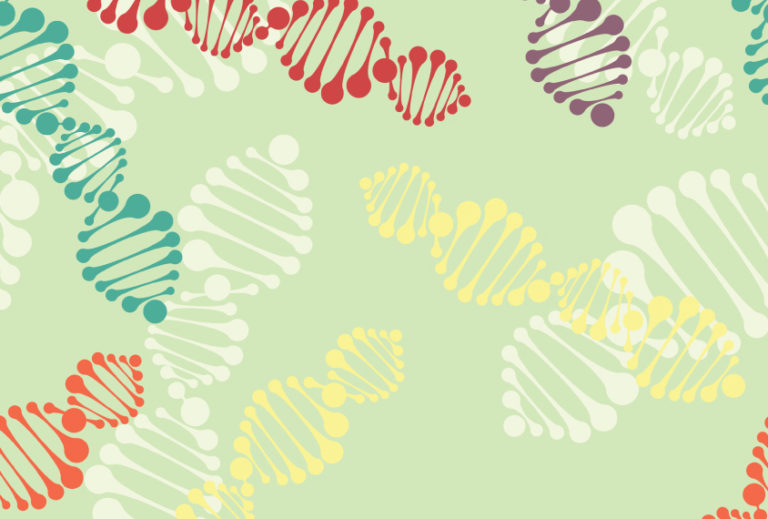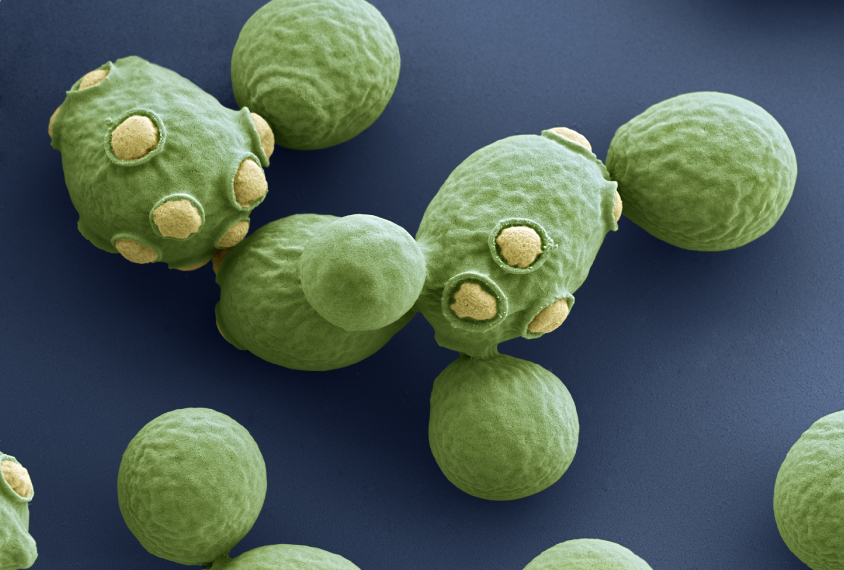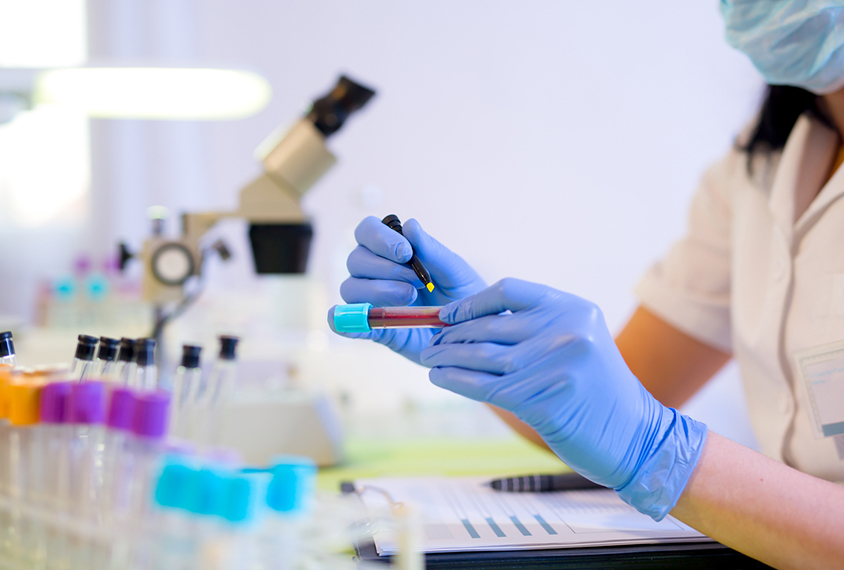ASHG 2017
Recent articles
Risk genes for autism overlap with those for attention deficit
People with attention deficit hyperactivity disorder may carry certain rare, harmful mutations in many of the same genes as people with autism.

Risk genes for autism overlap with those for attention deficit
People with attention deficit hyperactivity disorder may carry certain rare, harmful mutations in many of the same genes as people with autism.
Second ‘hits’ may explain autism mutations’ varied effects
People who have a mutation linked to autism plus a second genetic glitch tend to have more severe symptoms than those with the mutation alone.

Second ‘hits’ may explain autism mutations’ varied effects
People who have a mutation linked to autism plus a second genetic glitch tend to have more severe symptoms than those with the mutation alone.
Yeast assay illuminates effects of mutations in top autism gene
Mutations in the gene PTEN that are tied to autism may be less harmful than those linked to a syndrome characterized by benign tumors.

Yeast assay illuminates effects of mutations in top autism gene
Mutations in the gene PTEN that are tied to autism may be less harmful than those linked to a syndrome characterized by benign tumors.
Mosaic mutations in sperm point to increased autism risk
More than 5 percent of mutations thought to have arisen spontaneously in a child with autism may in fact be inherited.

Mosaic mutations in sperm point to increased autism risk
More than 5 percent of mutations thought to have arisen spontaneously in a child with autism may in fact be inherited.
Rare autism mutations linked to low intelligence
People with autism who have rare, damaging mutations tend to have low scores on intelligence tests.

Rare autism mutations linked to low intelligence
People with autism who have rare, damaging mutations tend to have low scores on intelligence tests.
Explore more from The Transmitter
How will neuroscience training need to change in the future?
Training in computational neuroscience, data science and statistics will need to expand, say many of the scientists we surveyed. But that must be balanced with a more traditional grounding in the scientific method and critical thinking. Researchers noted that funding concerns will also affect training, especially for people from underrepresented groups.

How will neuroscience training need to change in the future?
Training in computational neuroscience, data science and statistics will need to expand, say many of the scientists we surveyed. But that must be balanced with a more traditional grounding in the scientific method and critical thinking. Researchers noted that funding concerns will also affect training, especially for people from underrepresented groups.
The leaders we have lost
Learn more about the lives and legacies of the neuroscientists who passed away between 2023 and 2025.

The leaders we have lost
Learn more about the lives and legacies of the neuroscientists who passed away between 2023 and 2025.
What are the most-cited neuroscience papers from the past 30 years?
Highly cited papers reflect the surge in artificial-intelligence research in the field and other technical advances, plus prizewinning work on analgesics, the fusiform face area and ion channels.

What are the most-cited neuroscience papers from the past 30 years?
Highly cited papers reflect the surge in artificial-intelligence research in the field and other technical advances, plus prizewinning work on analgesics, the fusiform face area and ion channels.